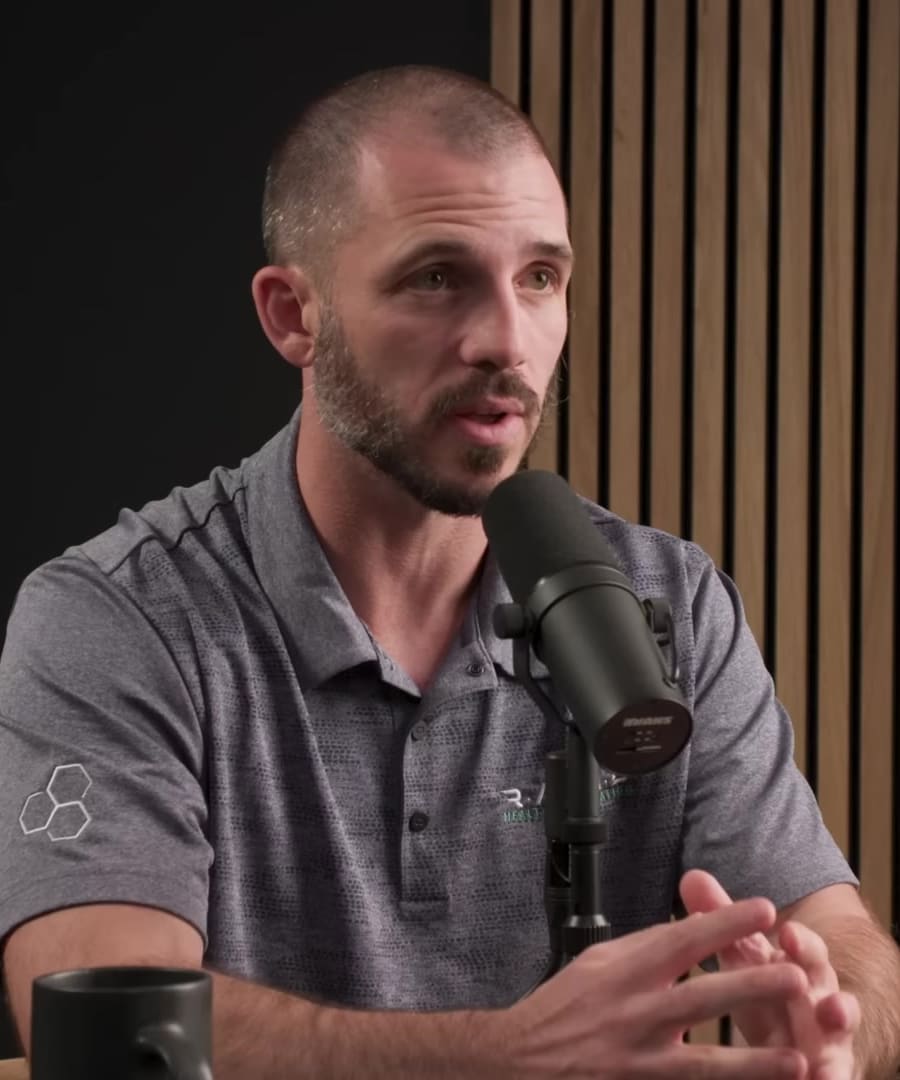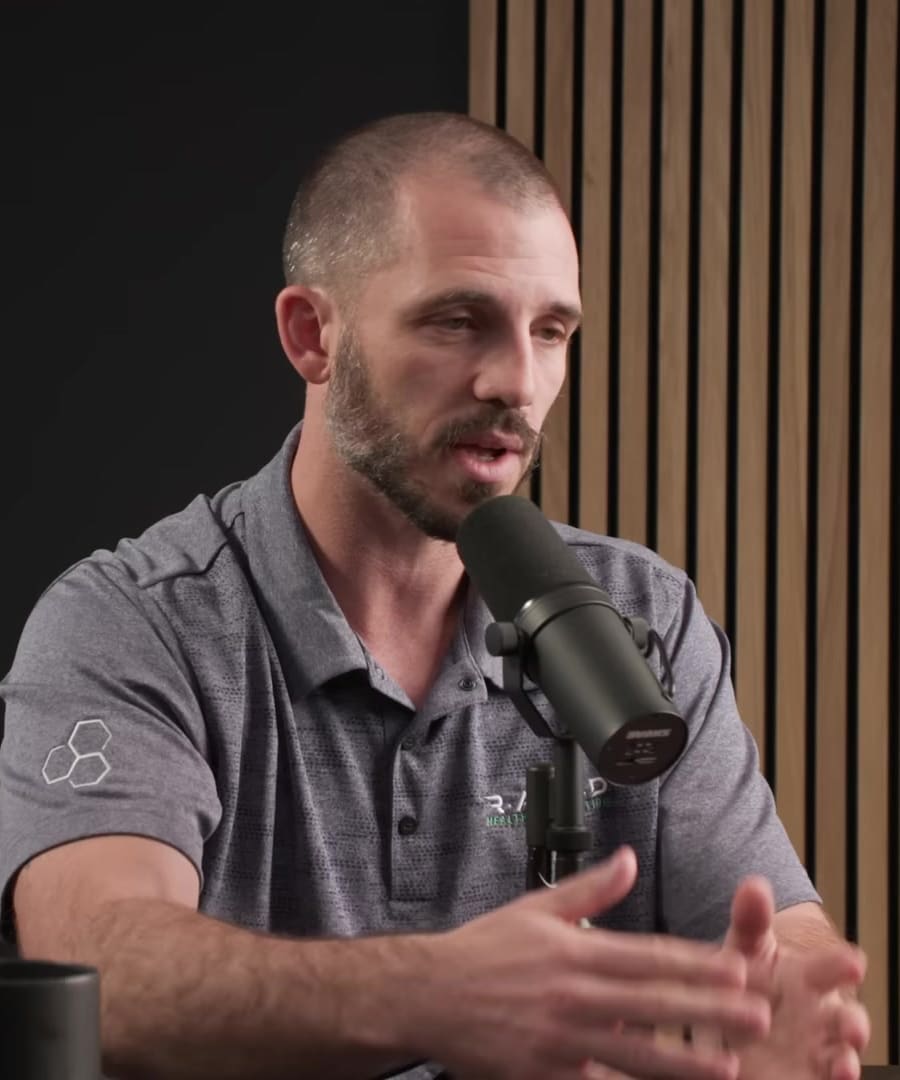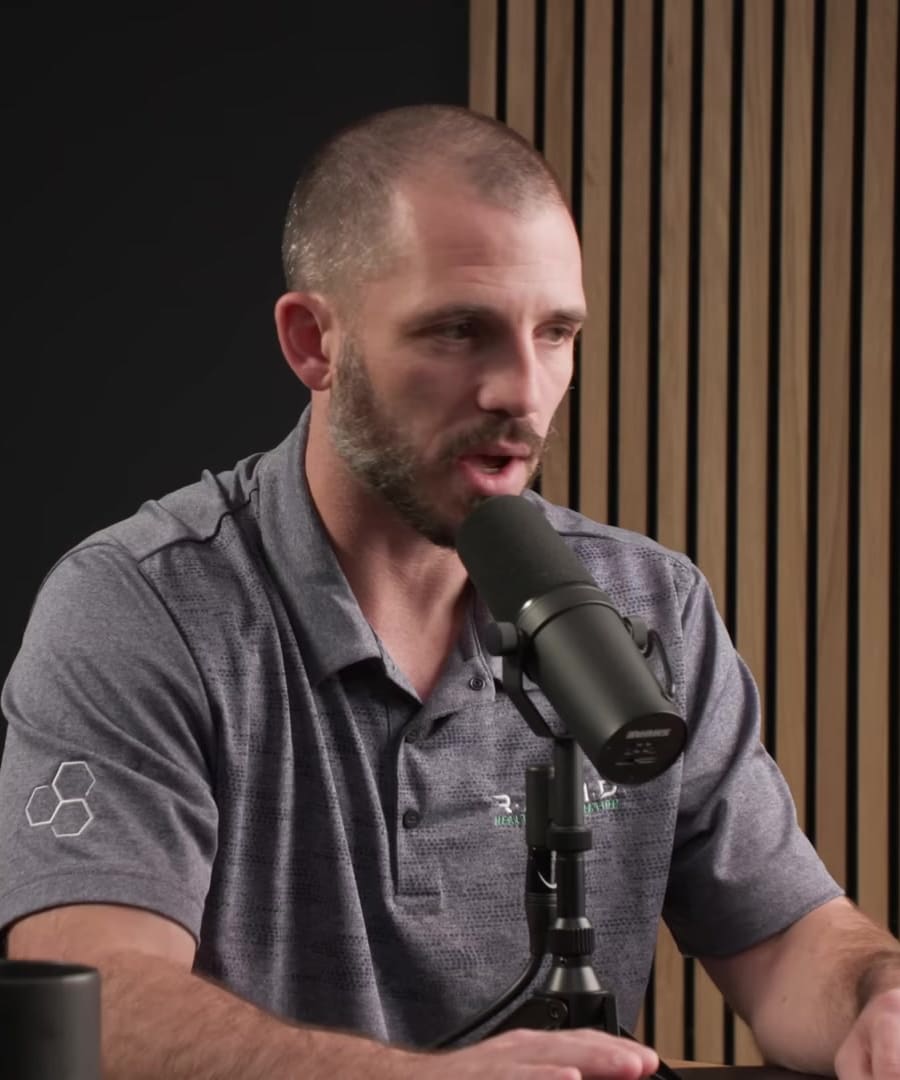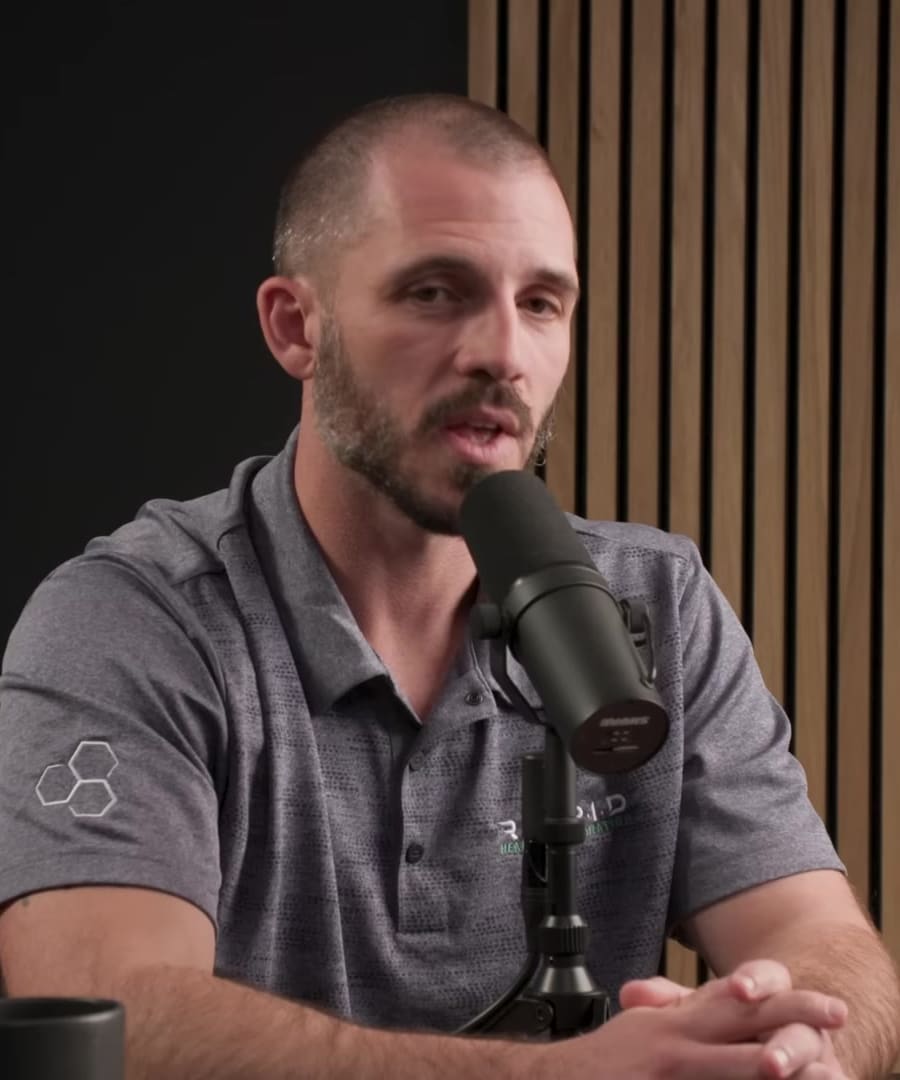Vo2 max
Sources:
VO2 max is a measure of the maximum volume of oxygen that an individual can use during intense or maximal exercise. It is usually expressed in milliliters of oxygen per kilogram of body weight per minute (ml/kg/min). The measurement is an indicator of cardiovascular fitness and aerobic endurance.
Key Points about VO2 Max:
-
Definition: VO2 max is defined as the maximum amount of oxygen that an individual can utilize during intense exercise. It is a key indicator of an individual's aerobic capacity.
-
Importance: High VO2 max values are associated with enhanced aerobic fitness and are important in endurance sports. It is a critical measure for athletes involved in sports requiring high levels of cardiovascular endurance.
-
Measurement:
- Laboratory Test: The gold standard for measuring VO2 max involves a test where an individual exercises to the point of exhaustion while their oxygen intake and carbon dioxide output are measured.
- Field Tests: There are simpler field tests like the 12-minute run or the Cooper test, where distance covered in a specified time is used to estimate VO2 max.
- Submaximal Tests: For those unable to perform high-intensity exercise, submaximal tests like the Rockport 1-mile walk test can estimate VO2 max based on heart rate response to exercise.
-
Values: General minimum desirable VO2 max values are around 35 ml/kg/min for men and 30 ml/kg/min for women. Higher values, such as above 50 for men, indicate better cardiovascular fitness.
-
Age and Fitness: VO2 max generally declines with age, but regular training can improve or maintain high levels of aerobic fitness. Dr. Peter Attia, a guest on the Huberman Lab podcast, mentions maintaining an elite VO2 max for his age group through deliberate training.
-
Health Impact: Lower levels of VO2 max are associated with higher risks of all-cause mortality. Increasing VO2 max through physical activity can improve overall health and longevity 1.
This concept and its implications are extensively discussed in various episodes of the , such as with in the episode
:episode[Dr. Andy Galpin: How to Assess & Improve All Aspects of Your Fitness]{sid=doc_2056}2.RELATED QUESTIONS-
How can I improve my VO2 max?
Sources:
To improve your VO2 max, here are some effective strategies mentioned in the :
-
High-Intensity Interval Training (HIIT): Engaging in regular HIIT sessions can significantly enhance VO2 max. These sessions involve short bursts of very intense activity followed by a recovery period. For example. Dr. Huberman discusses a training protocol involving two minutes of maximal exertion followed by two minutes of rest, repeated for three rounds 1.
-
Consistent Cardiovascular Exercise: Regular aerobic exercise such as running, cycling, or rowing can progressively build your VO2 max. Start with moderate intensities and gradually increase the duration and intensity of your workouts 2.
-
Maximal Exertion Drills: Short, intense actions such as stair climbing or sprinting for even 20 seconds can lead to improvements in VO2 max when practiced consistently. This method can also rapidly burn calories and enhance calorie afterburn (EPOC - Excess Post-Exercise Oxygen Consumption) 3.
-
Progressive Overload: Gradually increasing the intensity, duration, or frequency of your workouts ensures continual improvement and adaptation, which can contribute to increased VO2 max 4.
-
Monitoring Metrics During Training: Understanding and tracking your exercise metrics, like the ratio of oxygen intake to carbon dioxide output during workouts, can provide insights into your progress and when you reach VO2 max during a training session 5.
Implementing any combination of these strategies can help you improve your VO2 max, leading to better cardiovascular health and overall fitness. It's advisable to mix different types of exercises to keep your training engaging and effective.
RELATED QUESTIONS-
Vo2 max for 50 year old man
Sources:
For a 50-year-old man, the general target for VO2 max is to be above 35 ml/kg/min, and ideally, above 50 ml/kg/min. Achieving a VO2 max above 55 ml/kg/min is considered excellent fitness. Dr. Andy Galpin suggests that there's no human excuse to be below 60 ml/kg/min, indicating very high fitness levels 1.
It's crucial to note that the standard formula for predicting maximum heart rate is (220 - \text{age}), which would be 170 beats per minute for a 50-year-old. Yet, these numbers are general estimates, and actual fitness should ideally be assessed through more specific metrics like heart rate recovery after intense exercise 2.
RELATED QUESTIONSVo2 max for 48 year old man
There is no specific clip discussing VO2 max recommendations for a 48-year-old man in the Huberman Lab data. Generally, VO2 max guidelines tend not to change significantly within a close age range. As discussed earlier, for men around 50 years of age, maintaining a VO2 max above 35 ml/kg/min is typically recommended for average fitness, and above 50 ml/kg/min for excellent fitness levels. These are general guidelines and can vary based on individual health status and fitness background.
For personalized recommendations, it's advisable to consult with a healthcare provider or a fitness professional who can assess individual needs and capabilities.
RELATED QUESTIONSWhat are the fitness guidelines for different age groups?
Sources:
discusses the motivational impacts of visualizing oneself in the future for setting long-term health and fitness goals. While the clip primarily focuses on visual motivation rather than specific exercise recommendations for each age group, it highlights the importance of anticipating future needs and capabilities when investing in one's health, including regular exercise and healthy eating habits 1 . This acknowledgment can drive better immediate decisions regarding physical activity and diet, key components of fitness across all age groups.
RELATED QUESTIONS
Vo2 max
- RELATED QUESTIONS
How can I improve my VO2 max?
- RELATED QUESTIONS
Vo2 max for 50 year old man
- RELATED QUESTIONS
Vo2 max for 48 year old man
- RELATED QUESTIONS
What are the fitness guidelines for different age groups?
- RELATED QUESTIONS








